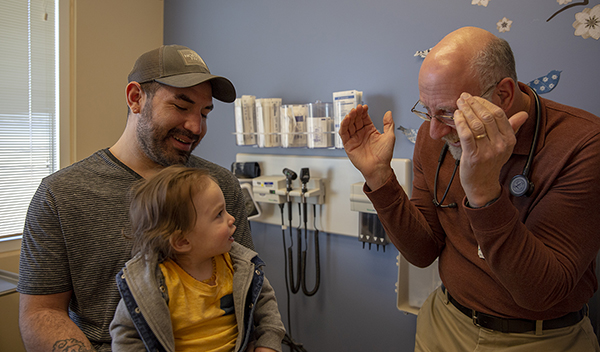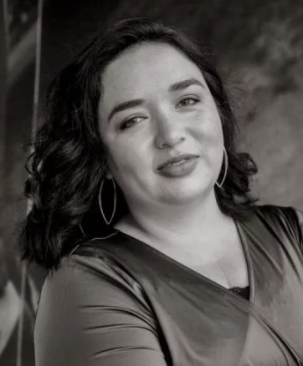Preparing for Disaster: UNM Hospital Participates in Region-Wide Emergency Training

Timely Interventions
UNM’s ADOBE Program Joins National Effort to Improve Pediatric Health Care
The University of New Mexico’s ADOBE program has joined a national initiative to improve health care for youths and their families.
ADOBE (Averting Disparities in Outcomes by Building Engagement) is one of 12 pediatric health care sites selected to participate in Accelerating Child Health Care Transformation, an initiative supported by the Robert Wood Johnson Foundation that gives participants the opportunity to learn from each other and build on their strategies to improve pediatric health care.
The ADOBE program, which provides wraparound services for adolescents who have been in detention within the past 12 months, began its work with 11- to 18-year-olds and their families in 2017, says senior program manager Elizabeth Castro, MHA. Since then, ADOBE, a program within the UNM Health Sciences Institute for Resilience, Health and Justice, has assisted about 300 families.
The ADOBE staff involved in the nine-month initiative are Castro, Chloe Stoffel, MD, Melody Avila, MD, and founder Andrew Hsi, MD.
ADOBE, a first-of-its-kind program in the country, is joining 11 other pediatric practices in determining how to nationally push out best practices in reducing racial and ethnic disparities and improve social determinants of health.
“We are a really small department at UNM,” Castro explains. “And we have an even smaller clinical team, so for our team to be chosen as . . . one of the 12 is really big for us.”
The young clients in the ADOBE program have access to a primary care clinic, a psychiatric clinic and home-based intensive case management, as well as an education team that supports the kids and their families in getting back onto an education pathway. The UNM School of Law also assists youths with any legal needs.

We have really good data to show that what we're doing is working, and it's effective, and it's less expensive
“We’re the only program that encompasses all of those services in one location,” Castro says. “We have really good data to show that what we're doing is working, and it's effective, and it's less expensive than using the emergency room all the time or keeping kids incarcerated.”
Youths who are incarcerated in a detention facility are very likely to end up there again. Castro says the recidivism rate in Bernalillo County is 70%, while the national rate is 50% -- but the rate for participants in the ADOBE program’s is 21%, she says.
Back in 2017 when the program began, one of the first clients ADOBE worked with was a 14-year-old who had been incarcerated 10 times.
“We just hit the ground running with him, and he is still in our program,” Castro says.
With ADOBE’s support, he’s graduated from high school, has a job, has started a family and is on “a completely different path than what he was on. And he has not gone back to detention one time since we started with him,” Castro says.
Making sure that basic human needs such as food, clothing and housing are met help the youths get back on track, she says.
“We're hoping to make that connection that kind of brought us in, because we're not seeing this (model of care) anywhere else in the country,” Castro says. “One of our hopes is that having this exposure will get other people excited about this type of care.”